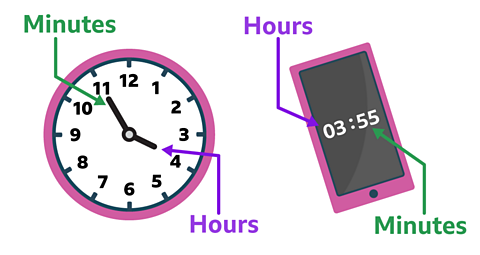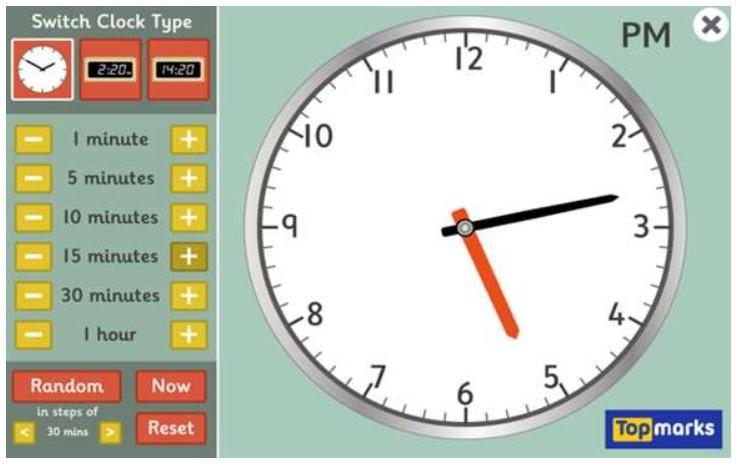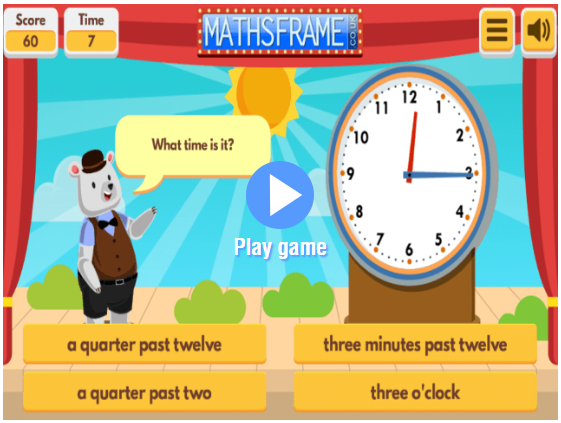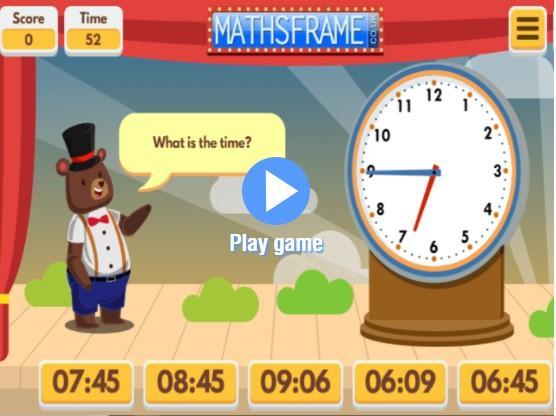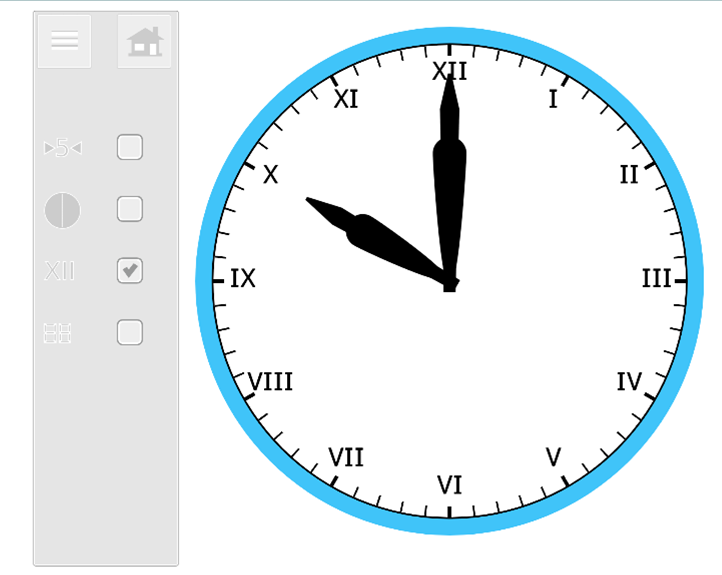
EMMAUS Church Of England & Catholic Primary School
We are friends journeying with Jesus in faith, hope and trust as we live, love and learn together
EMMAUS Church Of England & Catholic Primary School
Fir Tree Drive South Croxteth Park L12 0JE
Telephone:
Email:
Analogue & Digital Time
What are analogue and digital clocks? There are two types of clocks and they tell the time in different ways.
Analogue clocks have a face with numbers from 1 to 12 and two hands. The hands move and point to the numbers to show what time it is.
Digital clocks show the time using numbers on a screen.
Click on the image above to complete this interactive activity to learn about analogue and digital time. Then put your knowledge to the test.
Teaching Clock is an open-ended teaching resource to help children explore telling the time in both analogue and digital formats. The digital clocks can be viewed in either 12-hour or 24-hour layout.
Telling the Time in Words. A game where you need to tell the time in words. Use language such as 'o'clock', 'half past' and 'quarter to' and compare the analogue time to digital time. Different levels of difficulty.
Read the time on an analogue clock and match with digital time. Lots of choice over levels, including: reading time to the nearest hour, half hour, quarter hour, five minutes or minute. Options include using a 24 hour clock and seeing how many correct answers you can get in a given time.
Help Math Dog, AKA MathPup, catch the cat burglar. The robber is hiding behind the correct answer to the elapsed time problem. Just tap/click the correct answer to find and catch the robber. 3 Skill levels to choose from. Choose to play timed or untimed and with or without AM/PM.
A maths game where you need to find the start time after a given time interval. Find the correct time on an analogue or digital clock. Lots of choice of level, including: subtracting 1 hour, multiples of 5, or 10 minutes and more.
Roman numerals are the numbers that were first used by the ancient Romans. They used combinations of letters from the alphabet (I, V, X, L, C, D and M) to correspond to different numbers. Although Arabic numerals (1,2,3,4,5...) are more common today, there are still many places where Roman numerals can be found.
Click on the menu to switch to Roman numerals on this interactive clock.
